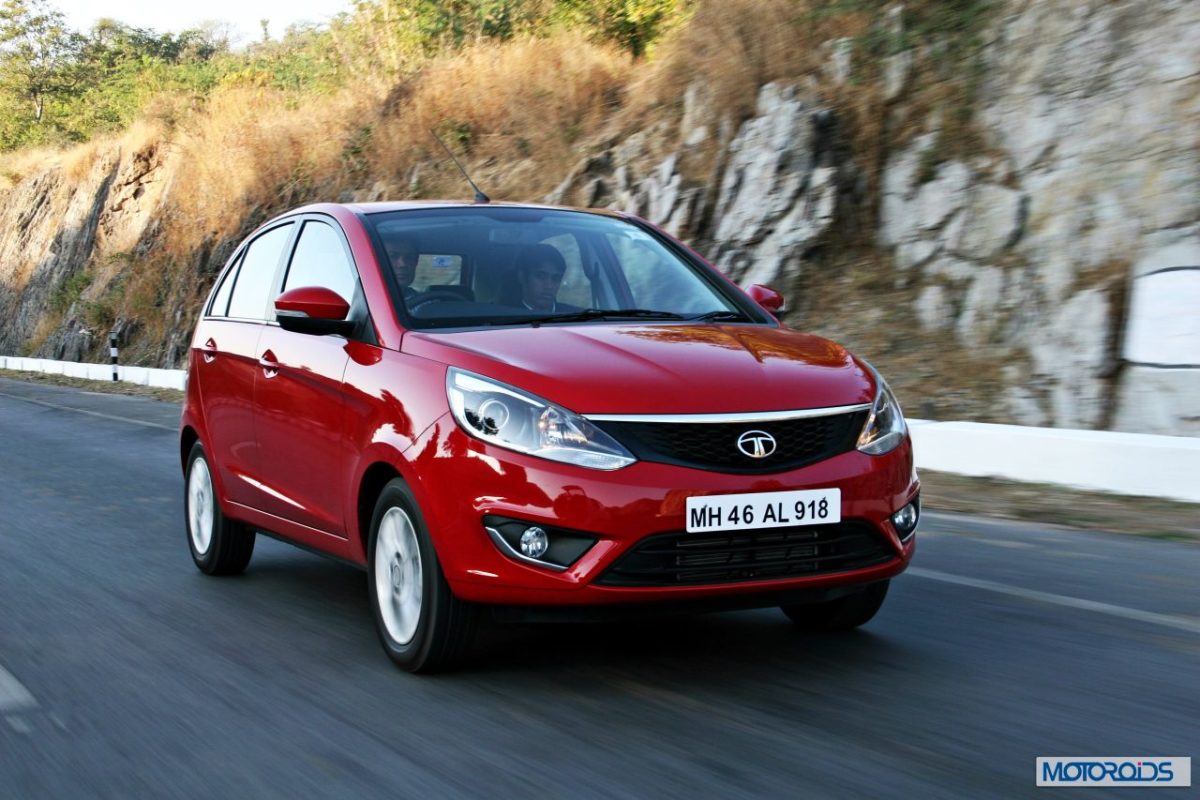India is one of the largest automobile markets in the world with immense potential. Due to this, numerous manufacturers were introducing their cars in this market. Although several of these new models have been successful, there have been a significant number of cars that failed to perform well in the Indian market. In this article, we will take a look at the top 10 such cars that failed to impress Indian car buyers:
Ford Fusion
Ford Fusion was launched in India to take the first mover advantage in the crossover and compact SUV segment. However, the boxy and upright design did not resonate well with Indian buyers. The car was not fuel-efficient and Ford’s expensive maintenance costs made it unattractive to buyers. The Fusion was available with a 1.6 litre Duratec 105 Ps petrol and a 1.4 litre 68 Ps duratorq tdci diesel engine, but it failed to make an impact in the Indian market. Eventually, Ford discontinued Fusion and focused on other products in its portfolio.
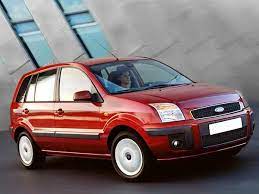
Chevrolet SR-V
Chevrolet tried to expand its product line in India by launching the SR-V, a hatchback version of the Optra sedan. Under the hood was a 1.6 litre naturally aspirated petrol engine from the Optra sedan with approx. 100hp of power output. While the rear design of the car was unique, the overall package was quite expensive for an Indian hatchback buyer. However, the Indian market is quite price-sensitive, and buyers did not see the value in paying a premium for the SR-V. The car did not do well in sales, and Chevrolet had to eventually discontinue it from the Indian market.
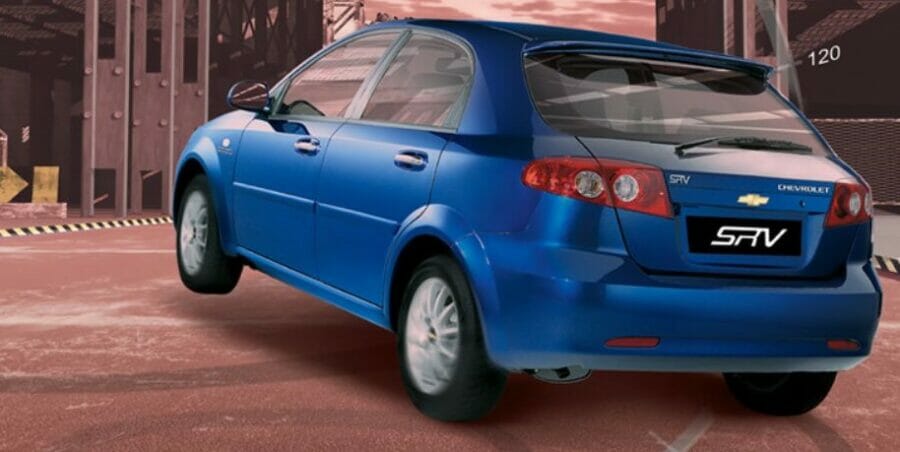
Mahindra Quanto
The Mahindra Quanto was the company’s attempt at entering the sub-4-meter compact SUV segment in India. However, the design of the Quanto did not appeal to Indian customers, with its disproportionate and bulky appearance. And further, it got a facelift in 2016 and was named Nuvosport but it again failed as other pessimistic factors continued to persist. Despite being powered by a 1.5L diesel engine delivering 100hp of power output, it felt underpowered due to its heavy weight. Moreover, the interior quality was sub-par and the features offered were not up to the mark when compared to its rivals. All these factors contributed to the failure of the Mahindra Quanto and Nuvosport in the Indian market.

Maruti Suzuki Kizashi
Maruti Suzuki, being the leading carmaker in India, had high hopes for their entry into the luxury sedan market with the Kizashi. However, the car failed to create a strong foothold due to its high price tag as it was imported as a completely built unit. The Kizashi was powered by a 2.4L J series petrol engine that produced around 175hp of power output. However, the mileage was not impressive, which did not align with the brand’s reputation for providing fuel-efficient vehicles. With a price of around Rs 18 lakh, the Kizashi struggled to find buyers in the Indian market.
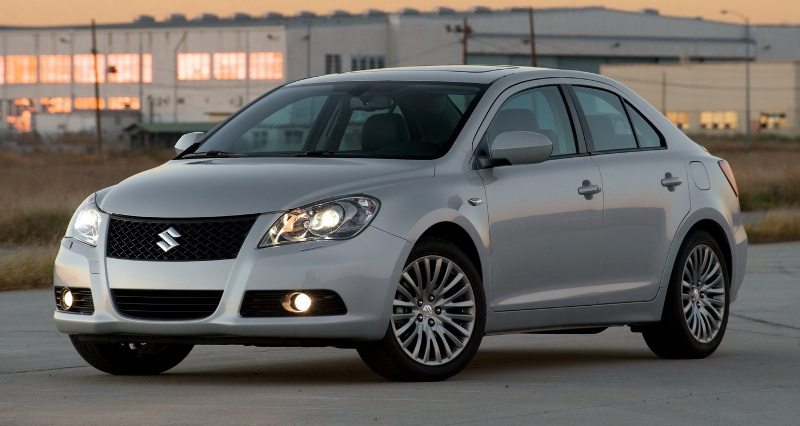
Chevrolet Sail U-VA
It was launched in a highly competitive segment in the car market of India in 2013 which was dominated by some established players. Despite its good looks and spacious interiors, the car failed to make an impact in the market. One of the major reasons for its failure was the lack of features and technology which were being offered by its competitors at a similar price range. Moreover, the after-sales service and maintenance costs of Chevrolet cars were considered to be on the higher side by Indian consumers. This further affected the sales of the Sail U-VA, making it a forgettable car in the Indian market.
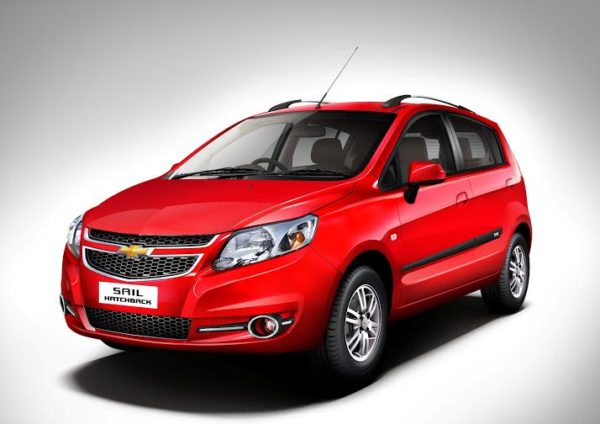
Mitsubishi Cedia
Despite being a well-engineered car with great driving dynamics, the Mitsubishi Cedia struggled to find a foothold in the highly competitive car market of India. One of the main reasons for its failure was the lack of marketing and advertising efforts from Mitsubishi, which resulted in low brand awareness among Indian customers. Moreover, Cedia’s outdated design and lack of features also contributed to its downfall. Additionally, with rising fuel prices and increasing demand for fuel-efficient cars, Cedia’s poor fuel economy became a significant disadvantage for it in the Indian market. As a result, Mitsubishi had to plug off from Cedia in India in 2013.
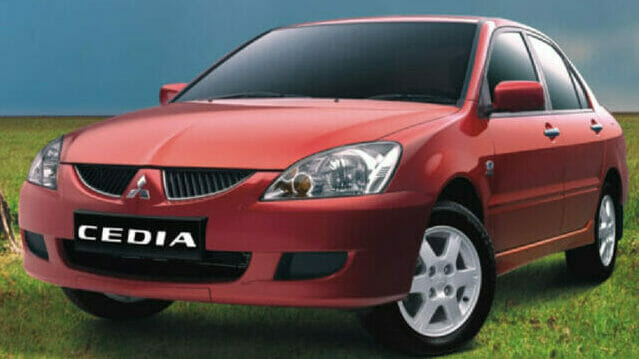
Tata Zest and Bolt
Tata Motors launched the Zest and Bolt in a very competitive segment which was dominated by Maruti and Hyundai. However, it didn’t create a stir in the market. One of the reasons behind its failure was the lack of a strong marketing strategy. Both these cars had a spacious cabin, comfortable ride quality and decent powertrains. But the competition was already offering better products at that time which resulted in low sales numbers for these twins.
